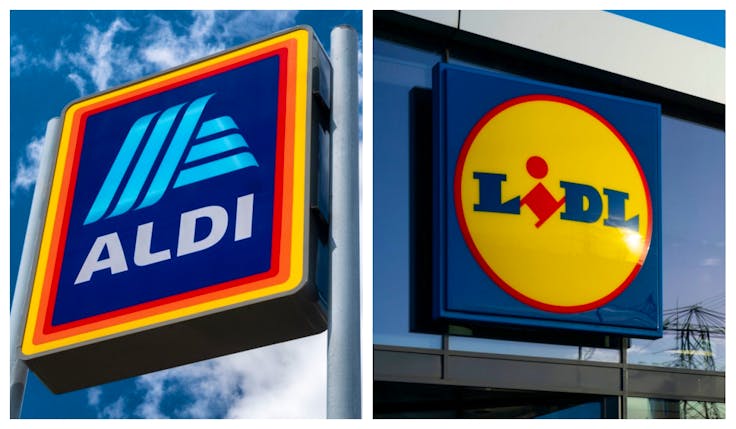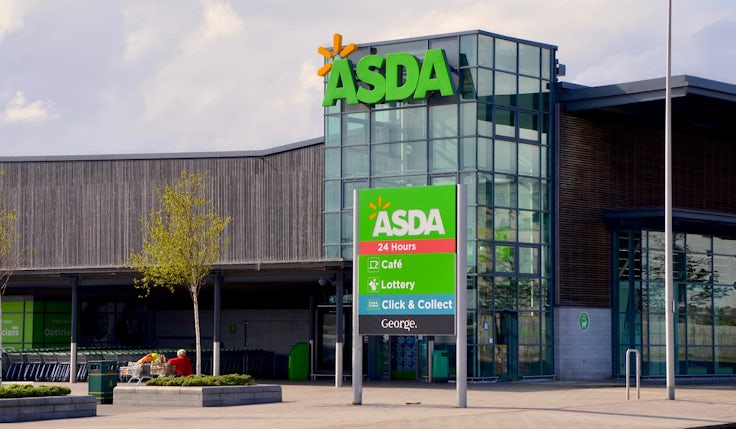Discounters boost TV investment as they look to maintain market share momentum
Data shared exclusively with Marketing Week shows Aldi and Lidl are increasing their TV advertising investment well ahead of their competitors, as the discounters continue to notch up market share gains.
 Aldi and Lidl have doubled down on TV advertising as they continue to capitalise on consumer demand for cheaper groceries, with the two discounters both spending more on the channel than any other UK supermarket in January this year.
Aldi and Lidl have doubled down on TV advertising as they continue to capitalise on consumer demand for cheaper groceries, with the two discounters both spending more on the channel than any other UK supermarket in January this year.
Aldi is the biggest spender for a second year, according to Nielsen Ad Intel data provided exclusively to Marketing Week by TV marketing body Thinkbox. The discounter boosted its linear TV spend by 17% compared to the same month last year, from £2.9m to £3.4m.
Lidl increased its spend by 36%, from £1.7m to £2.2m. While last year the discounter was the fourth biggest linear TV advertiser among the UK’s supermarkets, it now represents the second largest spend.
Tesco, the UK’s biggest supermarket, comes in third with spend of £1.6m in January – less than half Aldi’s spend. Meanwhile, Sainsbury’s drops from third to fourth place with spend of £1.55m, and Asda falls from second to fifth, with spend of £1.1m.
Last year Aldi shook up the UK’s grocery market by displacing Morrisons as the country’s fourth biggest supermarket. Consumers have continued to shift spend to the discounters since, with Aldi securing a record market share of 9.9% over the four weeks to 19 March, up from 8.6% over the same period last year, according to the latest Kantar data. The supermarket’s sales have grown 25.4% over the 12 months. Three marketing experts on how to achieve ‘effective share of voice’
However, Lidl was the fastest growing supermarket in March, with sales up by 25.8%. The discounter achieved a market share of 7.4%, compared to the 6.4% share it secured a year ago.
Meanwhile, Tesco, Sainsbury’s and Asda grew their sales at a more moderate pace, with Tesco and Sainsbury’s both up 6.9% and Asda up 7.3%. All three grocers claim a smaller market share than in March 2022, with Tesco holding 26.9% (down from 27.4%), Sainsbury’s holding 14.8% (down from 15.1%) and Asda claiming 14.3% (down from 14.5%).
“With more stability in TV viewing and what looks to be a deflationary TV market, there’s a big share of voice opportunity to be seized,” Thinkbox’s research and planning director Matt Hill tells Marketing Week.
“Because of the economic uncertainty there are currently fewer brands advertising overall, and some are spending less than they did previously. The knock-on effect is those that have maintained or increased TV investment are seeing a jump in their share of voice – and more share of voice leads to market share growth and, crucially in this inflationary environment, reduced price sensitivity.”
While the supermarket category provides a “great example” of this trend, the pattern holds for other categories too, Hill explains, adding: “It’s a hugely valuable opportunity for those able to grab it.”







